

Articles
How To Store Throw Pillows
Modified: January 7, 2024
Learn the best methods and tips for storing throw pillows in this informative article. Keep your pillows clean and organized with these helpful storage solutions.
(Many of the links in this article redirect to a specific reviewed product. Your purchase of these products through affiliate links helps to generate commission for Storables.com, at no extra cost. Learn more)
Introduction
Throw pillows are not only decorative but also functional accessories that add comfort and style to any living space. However, there may come a time when you need to store your throw pillows, whether it’s because you’re redecorating, moving, or simply wanting to change up the look of your home. Storing throw pillows properly is crucial to ensure their longevity and to keep them in tip-top condition until you’re ready to use them again.
In this article, we’ll guide you through the step-by-step process of storing throw pillows effectively. From cleaning them to choosing the right storage containers and finding an appropriate storage location, we’ll cover all the necessary details to help you keep your throw pillows in their best shape.
So, let’s get started!
Key Takeaways:
- Properly storing throw pillows involves cleaning, choosing the right containers, and maintaining their condition. Consider climate control, accessibility, and pest protection when selecting a storage location.
- Regular maintenance, such as monitoring humidity levels and inspecting for pests, is crucial for preserving stored throw pillows. Label and organize containers for easy retrieval and consider factors like climate control and sunlight exposure when choosing a storage location.
Read more: How To Use Throw Pillows
Step 1: Clean the Throw Pillows
Before storing your throw pillows, it’s essential to clean them thoroughly to remove any dirt, dust, or allergens that may have accumulated over time. Follow these steps to ensure your pillows are clean and fresh:
- Check the care label: Start by checking the care label on your throw pillows. It will provide instructions on how to clean them, including any specific cleaning methods or products to use. Follow the recommended guidelines to avoid damaging the pillows.
- Remove the pillow covers: If your throw pillows have removable covers, take them off and set them aside. Most pillow covers can be machine-washed, but always double-check the care label for any specific instructions.
- Vacuum the pillows: Use a handheld vacuum or the upholstery attachment on your vacuum cleaner to gently remove any loose dirt, crumbs, or pet hair from the surface of the pillows. Be thorough and go over all sides and corners to ensure a complete clean.
- Spot clean stains: If you notice any stains on the pillows, treat them with a mild stain remover or a mixture of water and gentle detergent. Dab the stain gently with a clean cloth or sponge, working from the outside in to prevent spreading the stain further. Avoid saturating the pillow with too much liquid.
- Machine washable pillows: If your throw pillows are machine washable according to the care label, place them in the washing machine. Use a gentle cycle and mild detergent. It’s recommended to wash two pillows at a time to balance the load. Add a few towels to the machine to cushion the pillows during the wash cycle.
- Hand wash only pillows: For pillows that are labeled as hand wash only or not suitable for machine washing, fill a basin or sink with lukewarm water and a small amount of gentle detergent. Gently submerge the pillows in the water and agitate them with your hands to create suds. Rinse thoroughly with clean water.
- Drying the pillows: Allow the pillows to air dry completely before storing them. Placing them in direct sunlight may cause fading, so choose a well-ventilated area away from direct sunlight. Fluff and reshape the pillows periodically during the drying process to maintain their shape.
- Washing pillow covers: If your pillow covers are machine washable, follow the care instructions and wash them separately. If they are not washable, spot clean any stains or wipe them down with a damp cloth. Ensure the covers are completely dry before putting them back on the pillows.
Once your throw pillows are clean and dry, you’re ready to move on to the next step of the storage process: determining the storage space that suits your needs.
Step 2: Determine the Storage Space
Before you start packing your throw pillows, it’s important to assess the available storage space and determine the most suitable area to store them. Consider these factors when selecting the storage location:
- Climate control: Choose a storage space with proper climate control to protect your throw pillows from temperature and humidity fluctuations. Extreme temperatures and excessive moisture can damage the pillows and promote the growth of mold and mildew.
- Accessibility: Opt for a storage area that is easily accessible. This will make it more convenient for you to retrieve the pillows when needed. Avoid storing them in areas that are difficult to reach or require moving heavy objects to access.
- Space availability: Consider the amount of space required to accommodate your throw pillows. If you have several pillows or larger-sized ones, ensure that the storage area has adequate space for them without being overcrowded. Proper airflow around the pillows is important to prevent musty odors and maintain their freshness.
- Protection from pests: Look for a storage space that is protected from pests such as insects or rodents. Pests can cause damage to the pillows by chewing or nesting in them. Using plastic storage containers with tight-fitting lids can help keep pests out.
- Light exposure: Avoid storing throw pillows in areas that receive direct sunlight, as prolonged exposure can cause fading and discoloration. Choose a spot away from windows or use curtains or blinds to block out sunlight.
- Accessibility: Assess the ease of accessing the storage location. If you plan to rotate your throw pillows regularly or remove them for cleaning, ensure that the storage area allows for easy maneuverability.
Once you have determined the ideal storage space based on these considerations, you can proceed to gather the necessary supplies for packing your throw pillows.
Step 3: Gather Necessary Supplies
Before you can pack your throw pillows for storage, it’s important to gather all the necessary supplies. Having the right materials on hand will ensure that your pillows are properly protected and preserved. Here’s a list of the essential supplies you’ll need:
- Plastic storage containers: Opt for sturdy, plastic containers with tight-fitting lids. These containers will protect your throw pillows from dust, moisture, and pests. Choose containers that are large enough to accommodate the size and quantity of your pillows.
- Zipper-sealed plastic bags: If your throw pillows are small or if you want an extra layer of protection, consider placing them inside zipper-sealed plastic bags before placing them in the storage containers.
- Desiccant packets: Desiccant packets are small pouches that absorb moisture. Placing a few packets inside each storage container will help prevent moisture damage and keep your pillows dry and fresh.
- Labels and markers: Use labels and markers to clearly identify the contents of each storage container. This will make it easier to locate specific pillows when you need them later.
- Tissue paper or acid-free paper: If your throw pillows have delicate embellishments or embroidery, consider wrapping them in tissue paper or acid-free paper to protect the decorative elements from getting damaged during storage.
- Storage shelves or racks: Depending on the amount of space you have available, you may want to invest in storage shelves or racks to keep the storage containers organized and easily accessible.
- Dolly or hand truck (optional): If you’re storing a large number of throw pillows or if they are heavy, a dolly or hand truck can be helpful for transporting the storage containers to and from the storage area.
Once you have gathered these supplies, you’re ready to move on to the next step: choosing the right storage containers for your throw pillows.
Step 4: Choose the Right Storage Containers
When it comes to storing your throw pillows, choosing the right storage containers is crucial for protecting them from dust, moisture, and pests. Follow these guidelines to select the most suitable containers:
- Plastic containers with lids: Opt for plastic containers with tight-fitting lids. Plastic is durable, lightweight, and resistant to moisture and pests. Clear containers are ideal as they allow you to easily see the contents without opening them.
- Size and shape: Consider the size and shape of your throw pillows when selecting the containers. Ensure that the containers are spacious enough to accommodate your pillows without squashing or compressing them. Avoid choosing containers that are too large, as excessive empty space can lead to shifting and potentially damaging the pillows.
- Stackable containers: If you have limited storage space, look for stackable containers. These will maximize the use of vertical space and make it easier to organize and access your throw pillows.
- Dust and moisture-proof: Ensure that the storage containers are dust and moisture-proof. Look for containers with airtight seals or consider using additional sealing methods, such as wrapping the container openings with plastic wrap or applying silicone sealant, to prevent dust and moisture from entering.
- Pest protection: Choose containers that provide protection against pests. Look for containers with secure lids that do not have gaps or openings where pests can enter. If you’re concerned about pests, you can also place mothballs or cedar blocks inside the containers as an additional deterrent.
- Covered handles (optional): If you plan to move the storage containers frequently or transport them to another location, consider containers with covered handles. This will make it more comfortable and convenient to lift and carry the containers.
Once you have selected the appropriate storage containers, you can proceed to the next step: packing your throw pillows properly to ensure their preservation.
Store throw pillows in a breathable storage bag or container to prevent dust and moisture buildup. Keep them in a cool, dry place away from direct sunlight to maintain their shape and color.
Read more: How To Pick Throw Pillows
Step 5: Properly Pack the Throw Pillows
Packing your throw pillows correctly is essential for preserving their shape and protecting them from damage while in storage. Follow these steps to ensure your pillows are packed properly:
- Fluff and reshape: Before packing, fluff and reshape your throw pillows to restore their original form. This helps prevent them from becoming misshapen or flat during storage.
- Wrap in acid-free paper (optional): If your throw pillows have delicate embellishments or are made from delicate fabrics, consider wrapping them in acid-free paper. This provides an extra layer of protection against potential damage or discoloration.
- Place in zipper-sealed plastic bags (optional): For added protection against dust and moisture, you can place your throw pillows inside zipper-sealed plastic bags before placing them in the storage containers. Ensure that the bags are completely sealed to prevent any air or moisture from entering.
- Arrange in a single layer: When placing your throw pillows in the storage container, arrange them in a single layer. Avoid stacking or crowding the pillows, as this can lead to deformation or creasing.
- Add desiccant packets: Place a few desiccant packets inside the storage container to absorb any excess moisture and help keep the pillows dry. This is especially important if you live in a humid environment.
- Close and seal the containers: Once the pillows are properly arranged in the storage container, close the lid tightly and ensure it is sealed securely. This will prevent dust, pests, and moisture from entering the container.
- Label the containers: Use labels and markers to clearly label each storage container with the contents. This will make it easier to find specific pillows later on without having to open multiple containers.
Remember to handle your throw pillows with care during the packing process to avoid damaging them. Once all your pillows are properly packed, you can proceed to the next step and find an appropriate storage location.
Step 6: Label and Organize the Storage Containers
Labeling and organizing your storage containers is crucial for easy identification and accessibility when you need to retrieve your throw pillows in the future. Follow these steps to label and organize your containers effectively:
- Use clear labels: Use clear labels or adhesive tags to identify the contents of each storage container. Write descriptive labels that specify the type of pillows or the room they belong to. This will save you time and effort when you need to locate specific pillows.
- Number the containers (optional): If you have a large number of storage containers, consider numbering them. Create a master list that matches the container number with the description of the pillows inside. This method can be especially helpful if you have a lot of pillows to store and want to keep track of them efficiently.
- Create an inventory checklist: To further enhance organization, create an inventory checklist that includes details of each pillow, such as its size, shape, color, and any specific features. This will help you keep track of your throw pillow collection and ensure nothing goes missing or gets misplaced.
- Organize by category or room: Depending on your preference, organize your storage containers by category (e.g., decorative pillows, accent pillows) or by room (e.g., living room pillows, bedroom pillows). This will make it easier to locate the pillows you need when redecorating or changing up the look of a specific area.
- Arrange containers strategically: If you have limited storage space, arrange the storage containers strategically to maximize the use of the available space. Stack them neatly, keeping heavier containers at the bottom and lighter ones on top. Leave pathways or aisles between stacks for easy access.
- Create a map or diagram: To further enhance organization and quick retrieval, create a map or diagram of your storage area. Label the location of each container on the map and indicate the category or room it belongs to. This visual reference will help you find the desired container without guessing or searching through multiple stacks.
- Maintain an updated inventory: Regularly update your inventory checklist as you add or remove throw pillows from storage. This will ensure you have an accurate record and make it easier to keep track of your collection over time.
By labeling and organizing your storage containers, you’ll be able to find and access your throw pillows with ease when the time comes to retrieve them. This brings us to the next step: finding an appropriate storage location.
Step 7: Find an Appropriate Storage Location
Finding the right storage location for your throw pillows is essential to ensure their safety and longevity while they are not in use. Follow these guidelines to choose an appropriate storage location:
- Climate control: Select a storage area that maintains a consistent temperature and humidity level. Extreme temperature fluctuations and excessive moisture can cause damage to your pillows, such as mold or mildew growth. If possible, opt for a climate-controlled storage unit or a room in your home with stable environmental conditions.
- Avoid the basement or attic: While the basement or attic may seem like convenient storage options, they are often exposed to temperature and humidity fluctuations. Additionally, these areas are prone to pests and potential water damage. It’s best to find an alternative storage location if possible.
- Well-ventilated area: Ensure that the storage area has proper ventilation to allow for air circulation. This helps prevent musty odors and minimizes the risk of moisture buildup. If necessary, use fans or dehumidifiers to improve air circulation in the storage space.
- Protected from sunlight: Avoid storing your throw pillows in direct sunlight, as prolonged exposure can cause fading and discoloration. Choose a spot away from windows or use curtains or blinds to block out sunlight.
- Avoid floor contact: Try to keep the storage containers off the floor to minimize the risk of moisture seeping through. Use pallets, shelving units, or raised platforms to elevate the containers and provide an extra layer of protection against potential water damage.
- Accessibility and maneuverability: Consider the ease of accessing the storage location and maneuvering the storage containers. If you plan to rotate the pillows or retrieve specific ones frequently, ensure that the storage area allows for easy access and movement without having to move heavy objects or facing obstacles.
- Security measures: If you’re storing your throw pillows in a self-storage facility or an area accessible to others, ensure that the storage area has proper security measures in place. This may include surveillance cameras, controlled access, and secure locks on storage units.
By finding an appropriate storage location that provides proper climate control, ventilation, and protection from sunlight and pests, you can ensure that your throw pillows remain in excellent condition until you’re ready to use them again. The final step in the process is to maintain the pillows’ condition regularly, which we’ll cover next.
Step 8: Maintain the Pillows’ Condition Regularly
Regular maintenance is essential to preserve the condition of your stored throw pillows and ensure they remain in pristine condition. Follow these tips to maintain your pillows’ condition while in storage:
- Check for pests: Regularly inspect the storage area and containers for any signs of pests such as insects or rodents. Look for droppings, gnaw marks, or chewed plastic. If you notice any signs of pests, take immediate action to eliminate them and prevent further damage to your pillows.
- Monitor humidity levels: Keep an eye on the humidity levels in the storage area. High levels of humidity can lead to mold or mildew growth. Consider using a hygrometer to monitor the humidity levels and take measures such as using dehumidifiers or moisture-absorbing products as necessary.
- Periodically check for dust: Dust can accumulate on the surface of your stored pillows over time. Periodically check the pillows for any signs of dust buildup and gently wipe them with a clean, dry cloth if needed.
- Avoid unnecessary handling: While it’s important to check on your stored throw pillows periodically, try to minimize unnecessary handling. Excessive handling can cause wear and tear on the pillows and increase the risk of introducing dust or moisture.
- Rotate the pillows: If you have a large collection of throw pillows or if they are in long-term storage, consider rotating them periodically. This helps to distribute any pressure or weight placed on the pillows, maintaining their shape and preventing flat spots.
- Inspect for damage: Regularly inspect your stored throw pillows for any signs of damage or deterioration. Check for loose seams, frayed edges, or tears. If you come across any damaged pillows, consider repairing or replacing them to prevent further deterioration.
- Replace desiccant packets: Desiccant packets, if used, may lose their effectiveness over time. Replace them periodically to ensure they continue to absorb moisture effectively and maintain a dry environment inside the storage containers.
- Update inventory checklist: Keep your inventory checklist updated with any changes to your throw pillow collection. Add new pillows as you acquire them and remove any pillows you no longer intend to keep. This will help you stay organized and keep track of your stored pillows.
By regularly maintaining your stored throw pillows, you can ensure they remain in excellent condition and ready to use whenever you need them. Proper maintenance will also help prolong their longevity, allowing you to enjoy them for years to come.
Remember, when you’re ready to bring your throw pillows out of storage, give them a good fluff and air them out before placing them back in your living space. This will help them regain their full shape and freshness.
Now that you’re equipped with the knowledge of how to store and maintain your throw pillows, you can confidently store them away and enjoy a refreshed living space without worrying about their condition!
Happy storing!
Read more: What Is The Purpose Of Throw Pillows
Conclusion
Storing throw pillows properly is essential for preserving their condition and ensuring they remain fresh and ready to use when needed. By following the step-by-step process outlined in this article, you can effectively store your throw pillows and keep them in excellent shape until you’re ready to bring them out again.
From cleaning the pillows to choosing the right storage containers, labeling and organizing, and maintaining their condition regularly, each step plays a crucial role in protecting your throw pillows from dust, moisture, pests, and damage. Taking the time to properly clean and pack your pillows, selecting an appropriate storage location, and implementing regular maintenance practices will help prolong the lifespan of your throw pillows and ensure they stay in the best possible condition.
Remember to consider factors such as climate control, accessibility, and protection from sunlight and pests when choosing a storage location. Additionally, label and organize your storage containers for easy identification and maintain an updated inventory checklist to keep track of your pillow collection.
By adhering to these guidelines and investing a little extra effort in the storage process, you can enjoy the benefits of having well-preserved throw pillows. Whether you’re redecorating, moving, or simply changing up the look of your home, storing your throw pillows properly will ensure they remain stylish and comfortable for years to come.
Now it’s time to put these tips into action and store your throw pillows with confidence. Say goodbye to cluttered spaces and welcome a fresh and organized living environment!
Happy storing!
Frequently Asked Questions about How To Store Throw Pillows
Was this page helpful?
At Storables.com, we guarantee accurate and reliable information. Our content, validated by Expert Board Contributors, is crafted following stringent Editorial Policies. We're committed to providing you with well-researched, expert-backed insights for all your informational needs.
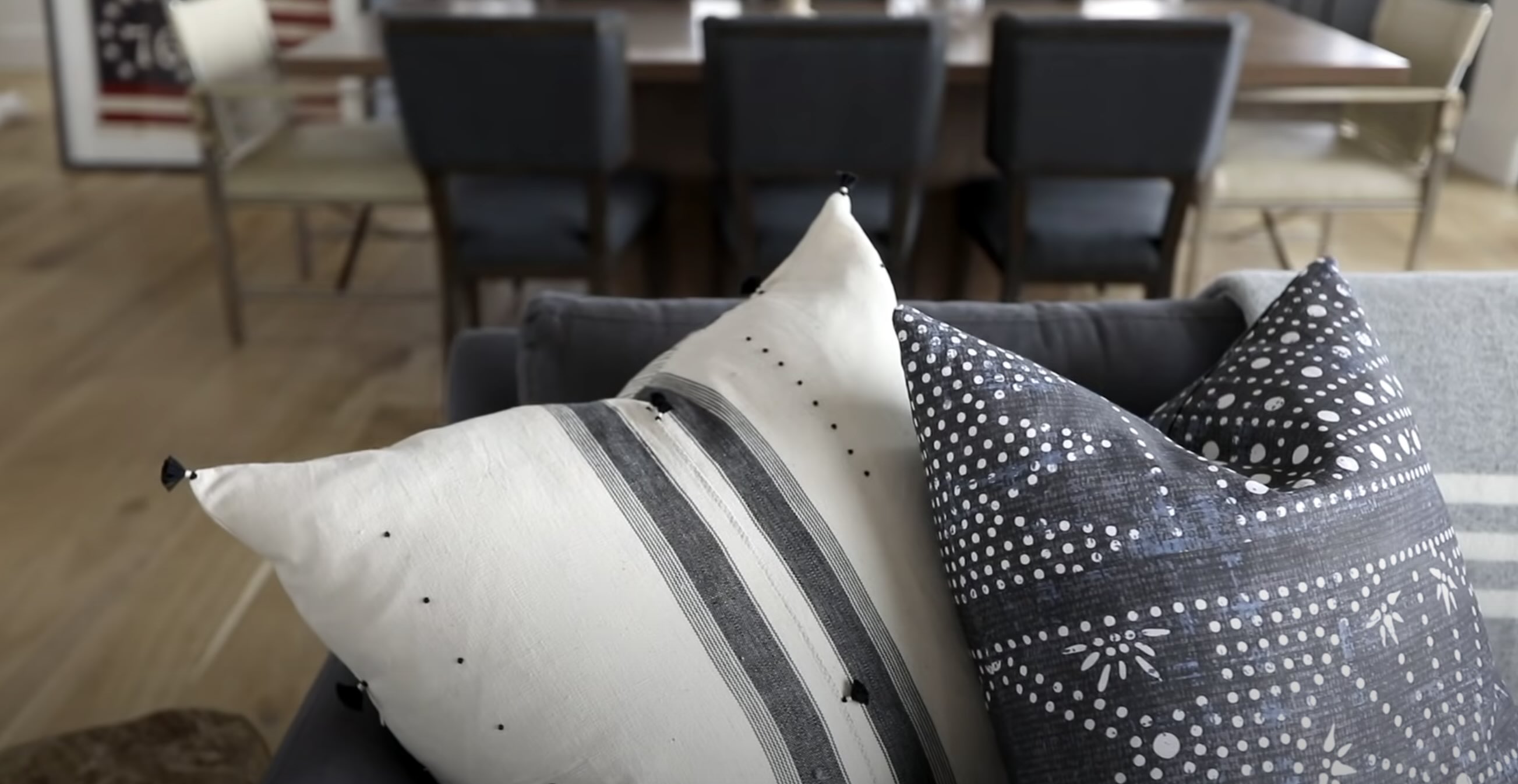

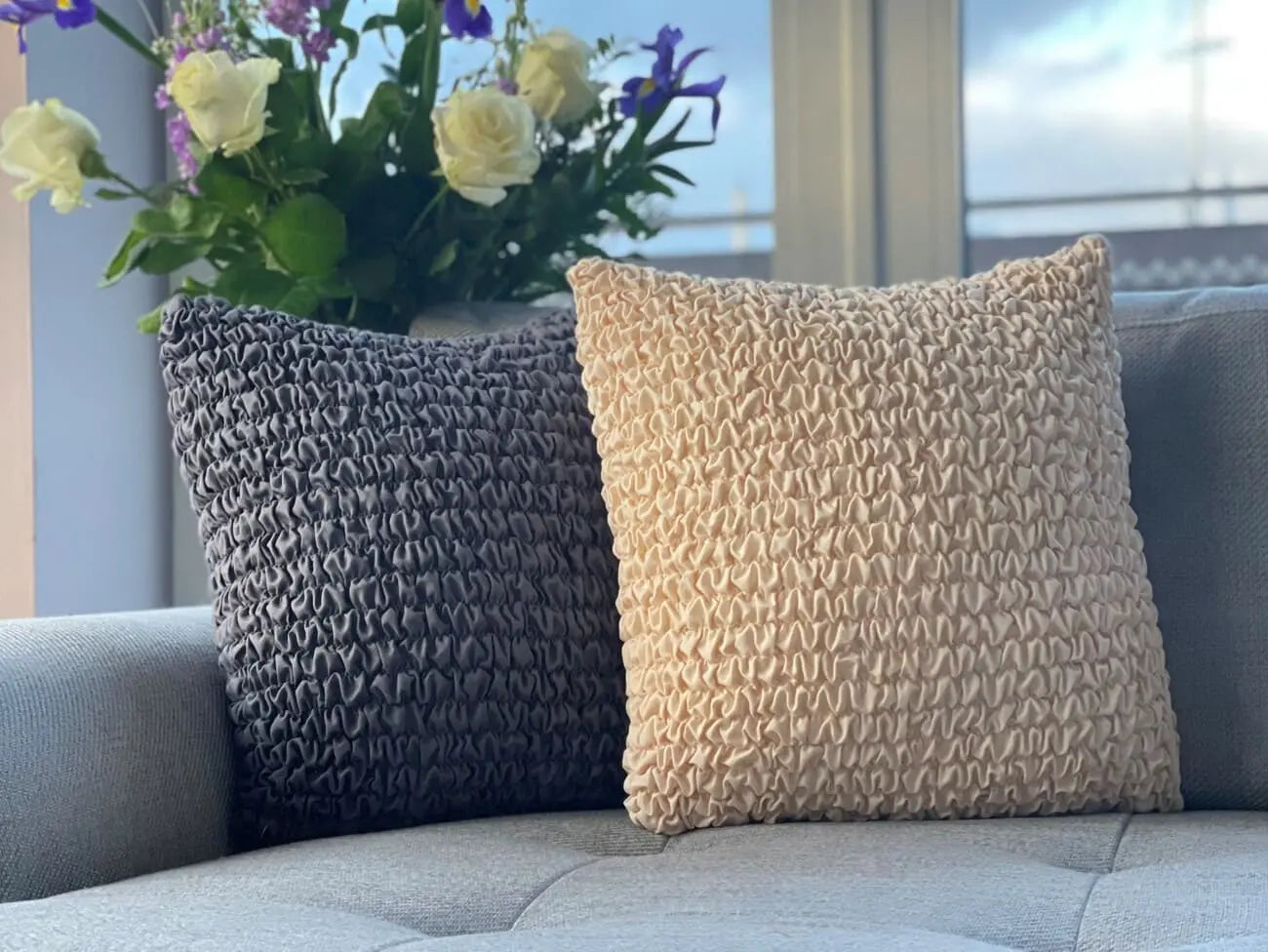
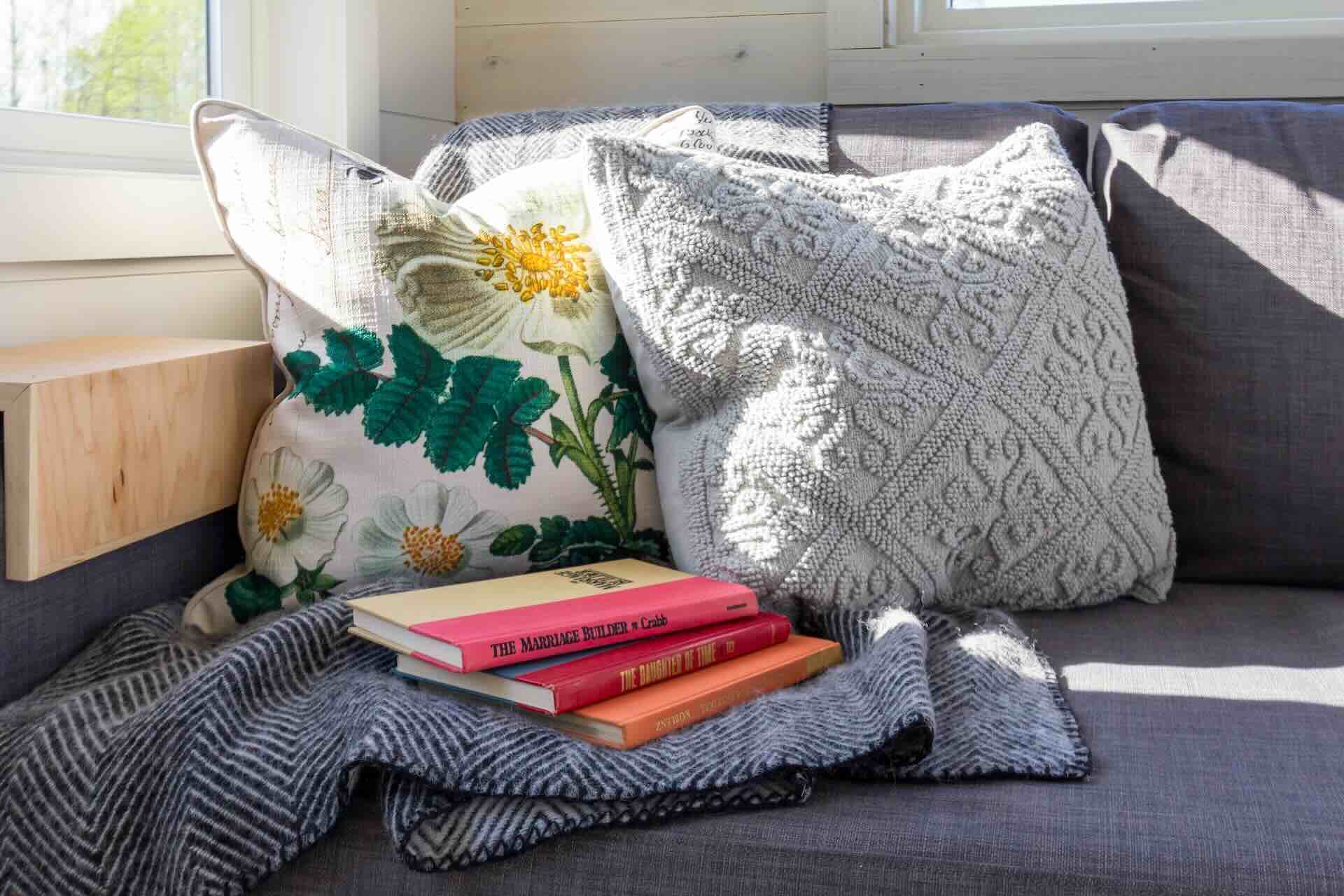


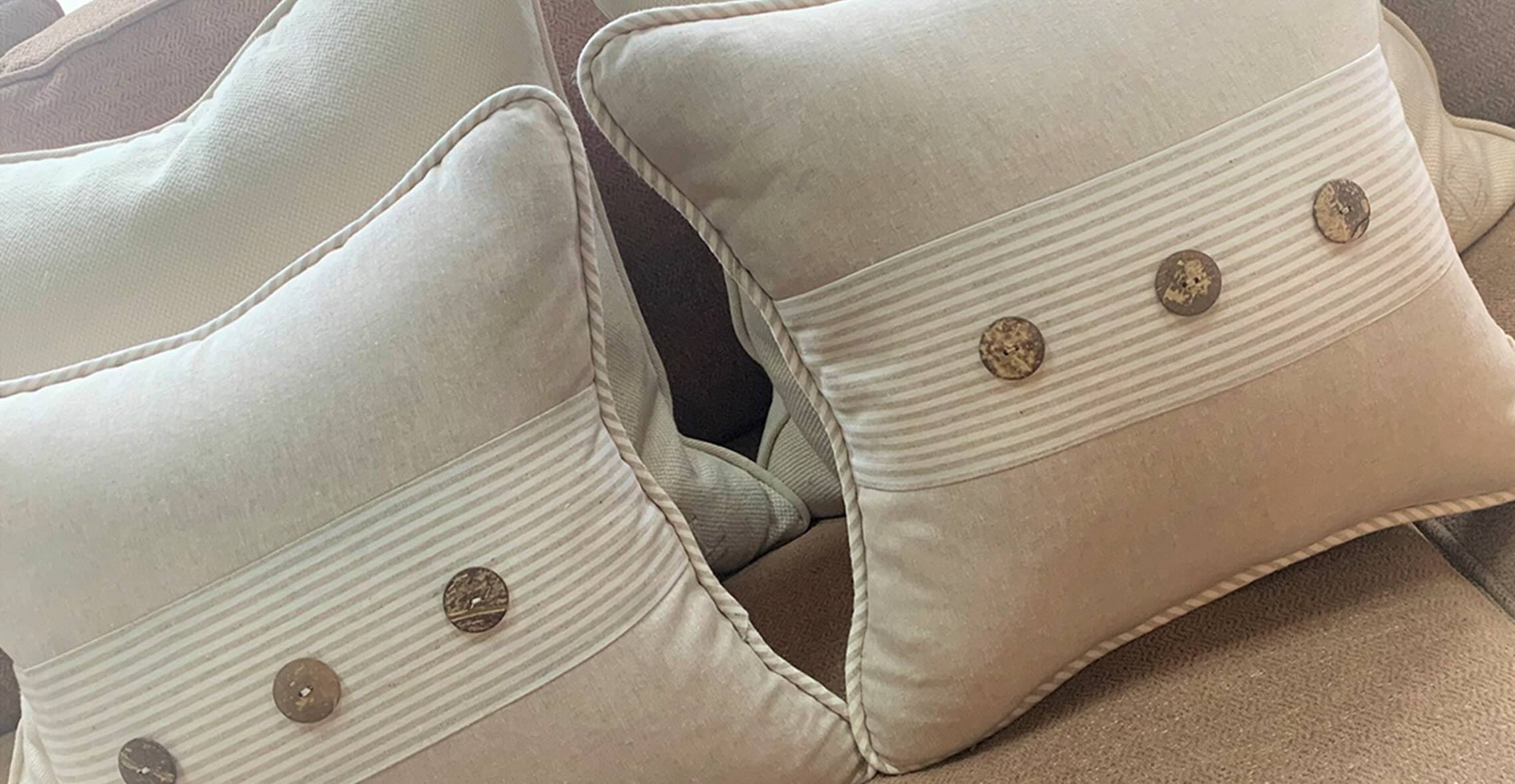

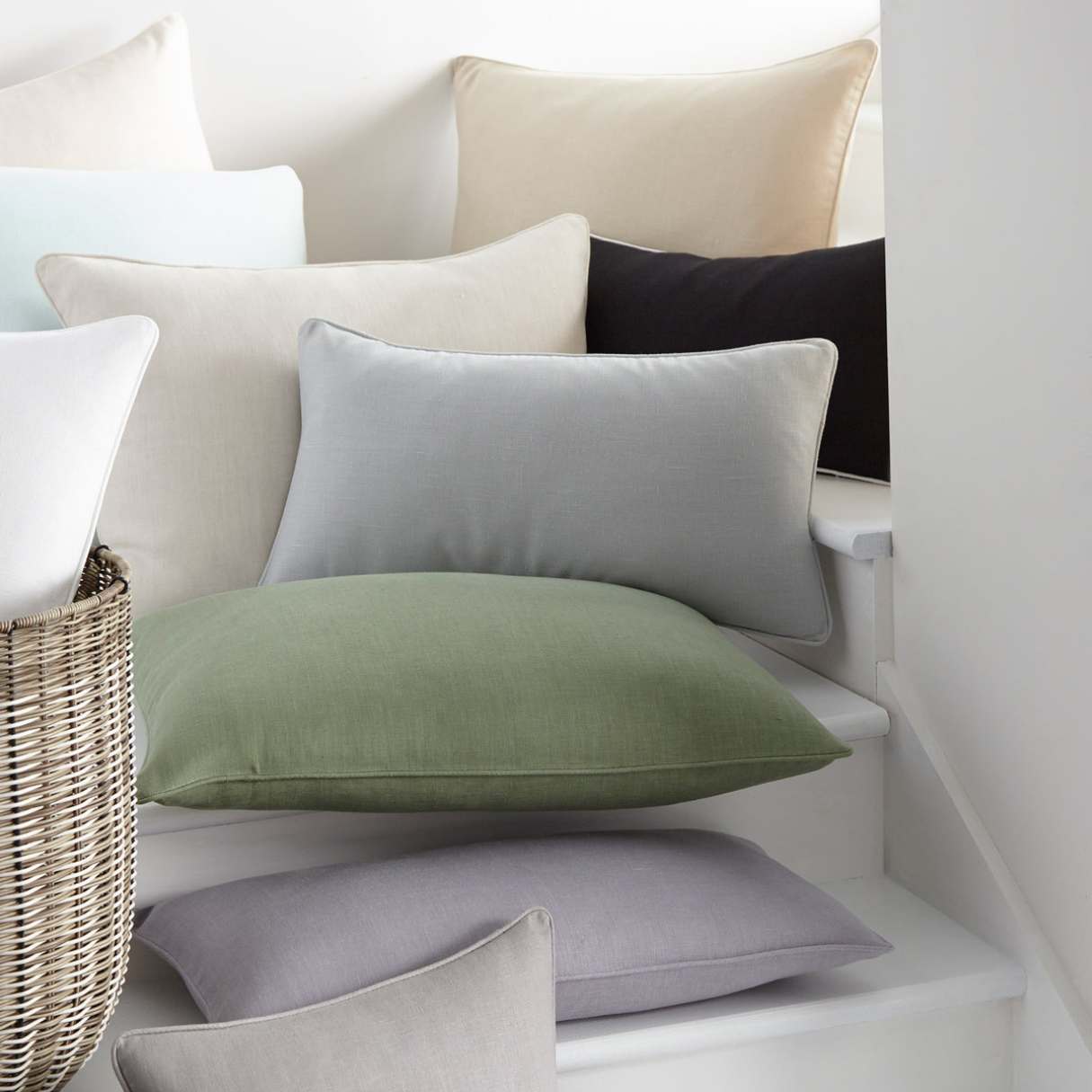


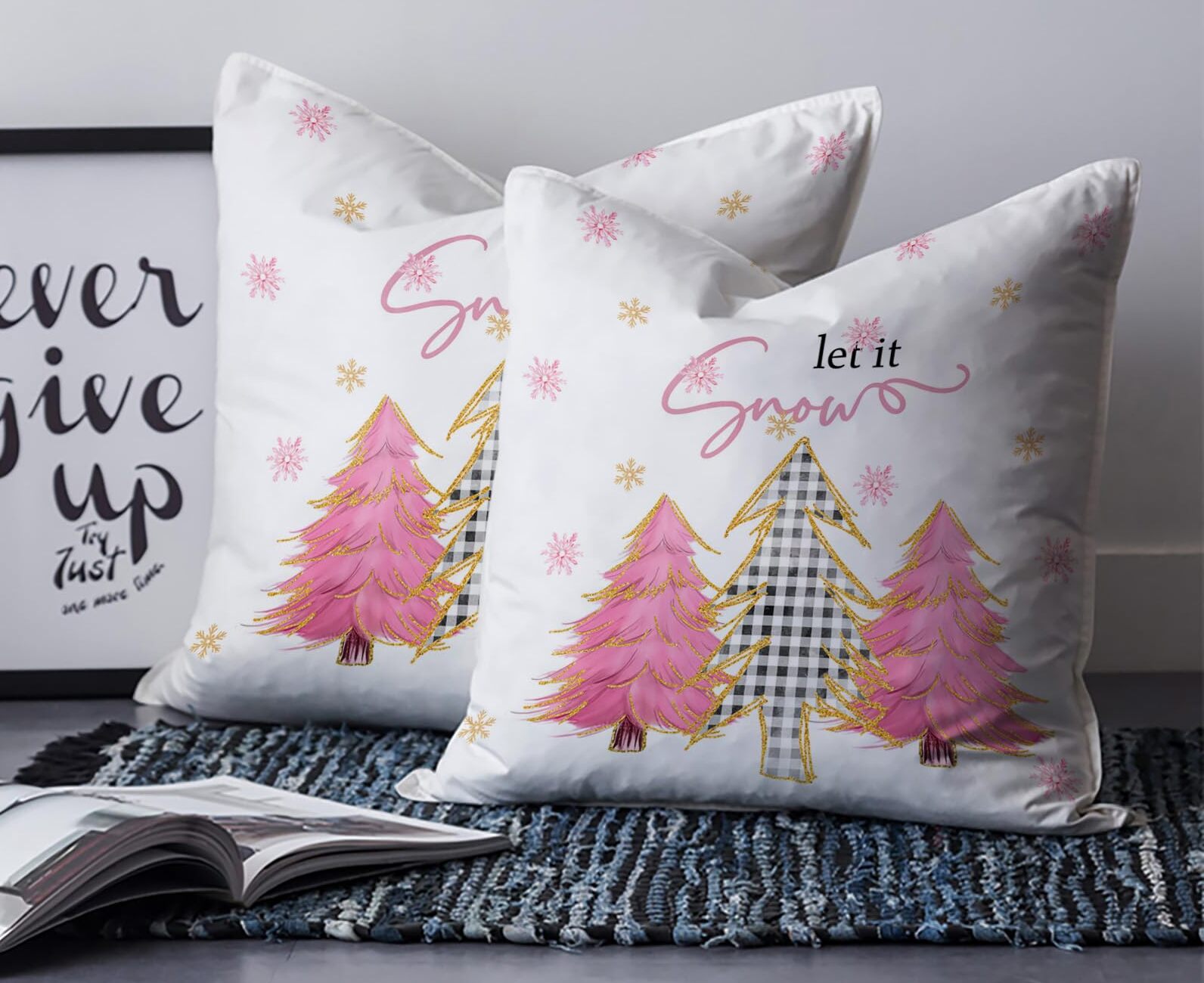


0 thoughts on “How To Store Throw Pillows”